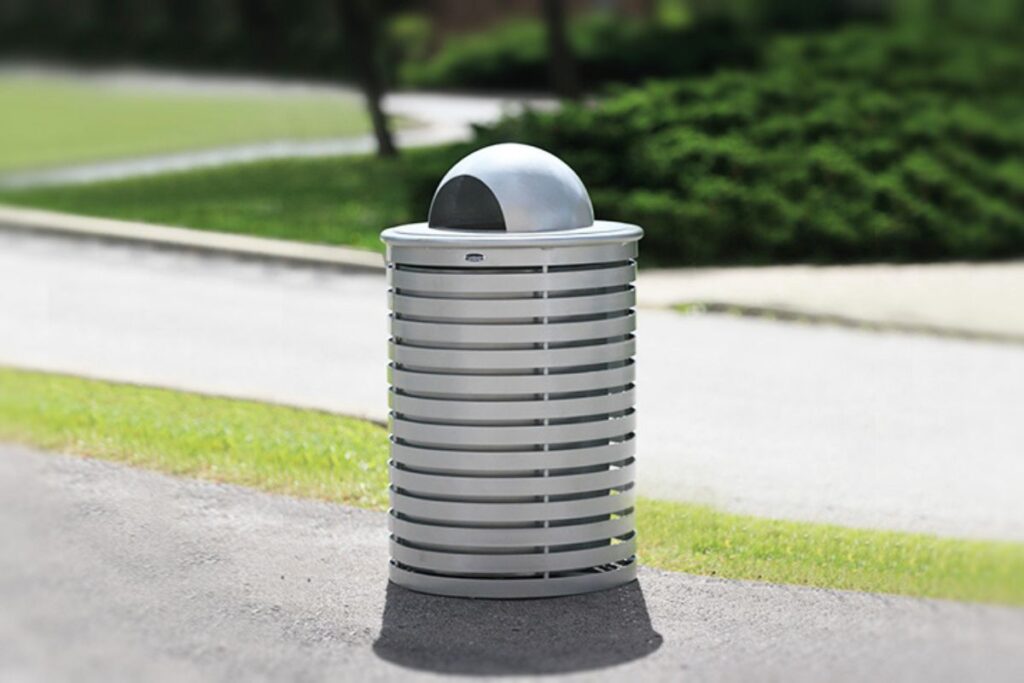In recent years, commercial trash cans have undergone significant transformations driven by innovative design trends that blend functionality, aesthetics, and sustainability. These advancements reflect a broader movement in public and commercial spaces towards creating environments that are not only efficient and practical but also visually appealing and eco-friendly. One notable trend is the integration of smart technology into commercial trash cans. Smart trash cans are equipped with sensors that monitor the fill level and send notifications when they need to be emptied. This technology optimizes waste collection routes, reducing labor costs and minimizing the environmental impact of waste management. Additionally, some smart trash cans feature compactors that increase their capacity, further enhancing efficiency. These innovations are particularly beneficial in high-traffic areas such as airports, shopping malls, and urban centers, where waste can accumulate quickly. Designers are also focusing on aesthetic enhancements, recognizing that trash cans are an integral part of the visual landscape. Modern commercial trash cans come in a variety of styles, colors, and finishes that can complement the surrounding architecture and decor.

For instance, sleek, minimalist designs with clean lines and neutral tones are popular in contemporary settings, while more ornate and decorative options might be chosen for historical or themed environments. This attention to design ensures that trash cans do not detract from the overall ambiance of a space but instead contribute to a cohesive and attractive environment. Sustainability is another driving force behind the evolution of commercial trash cans. Manufacturers are increasingly using recycled and sustainable materials, such as reclaimed wood, recycled plastics, and biodegradable composites, to produce trash cans. This shift not only reduces the environmental footprint of the products themselves but also aligns with the broader sustainability goals of many businesses and municipalities. Furthermore, the design of commercial trash cans is evolving to facilitate recycling and waste separation. Dual-compartment and multi-stream bins encourage users to sort their waste correctly, thereby increasing recycling rates and reducing landfill waste. Ergonomics and user accessibility are also key considerations in the design of modern commercial trash cans. Features such as foot pedals for hands-free operation, wide openings for easy disposal, and clearly labeled compartments for different types of waste make trash cans more user-friendly.
These design elements are particularly important in public spaces, where diverse user groups, including children, elderly individuals, and people with disabilities, need to interact with waste receptacles. Beyond trash cans, these design principles are being applied to other aspects of waste management and public amenities. For example, recycling stations, composting bins, and cigarette butt receptacles are all being redesigned with the same emphasis on smart technology, sustainability, aesthetics, and user-friendliness. This holistic approach ensures that all elements of waste management are cohesive and efficient, contributing to cleaner and more pleasant public spaces. These advancements not only improve the functionality and efficiency of waste management but also enhance the visual appeal and environmental responsibility of our shared environments. As these trends continue to evolve, we can expect even more sophisticated and sustainable solutions that contribute to a cleaner, more efficient, and aesthetically pleasing world.